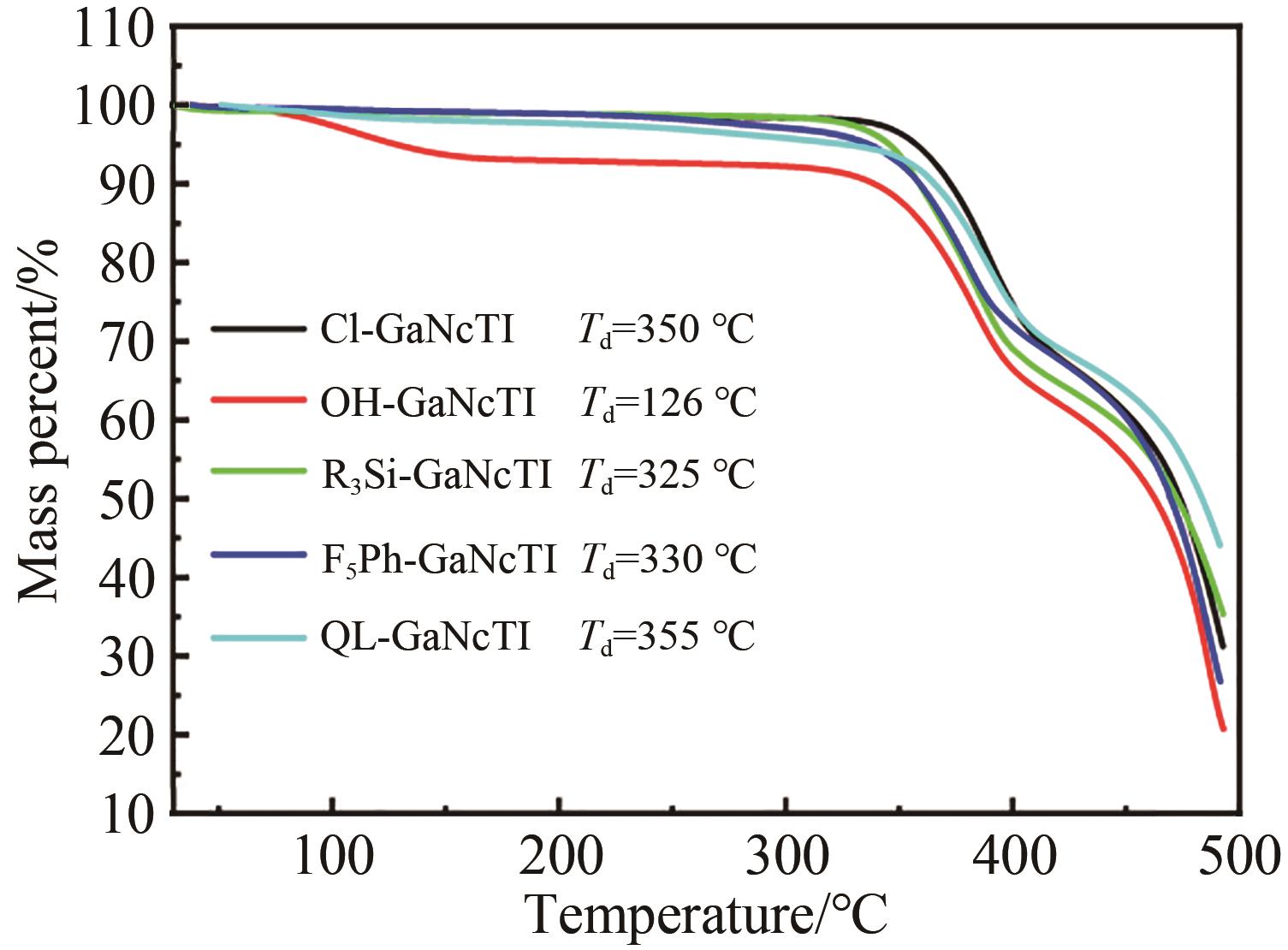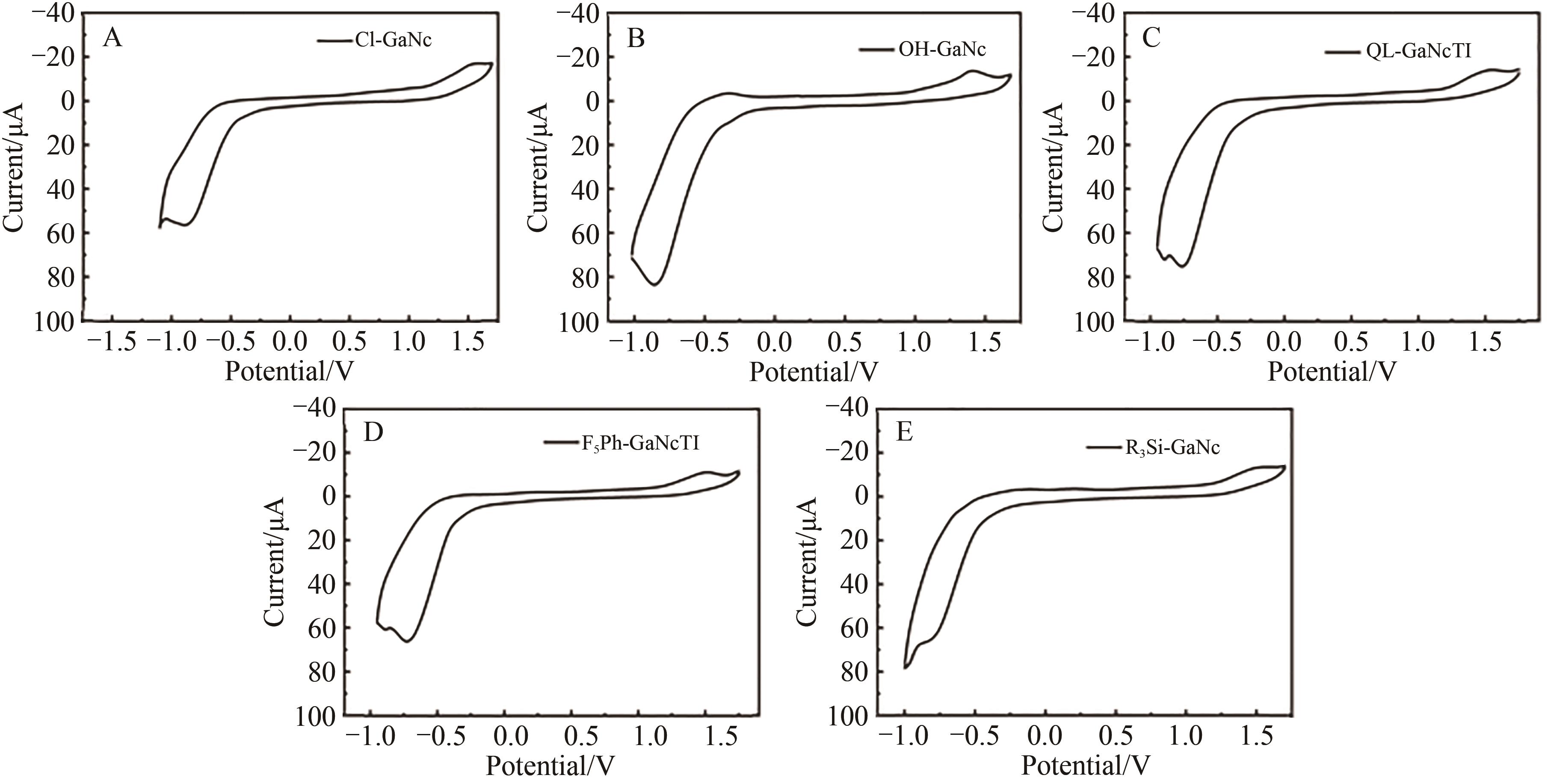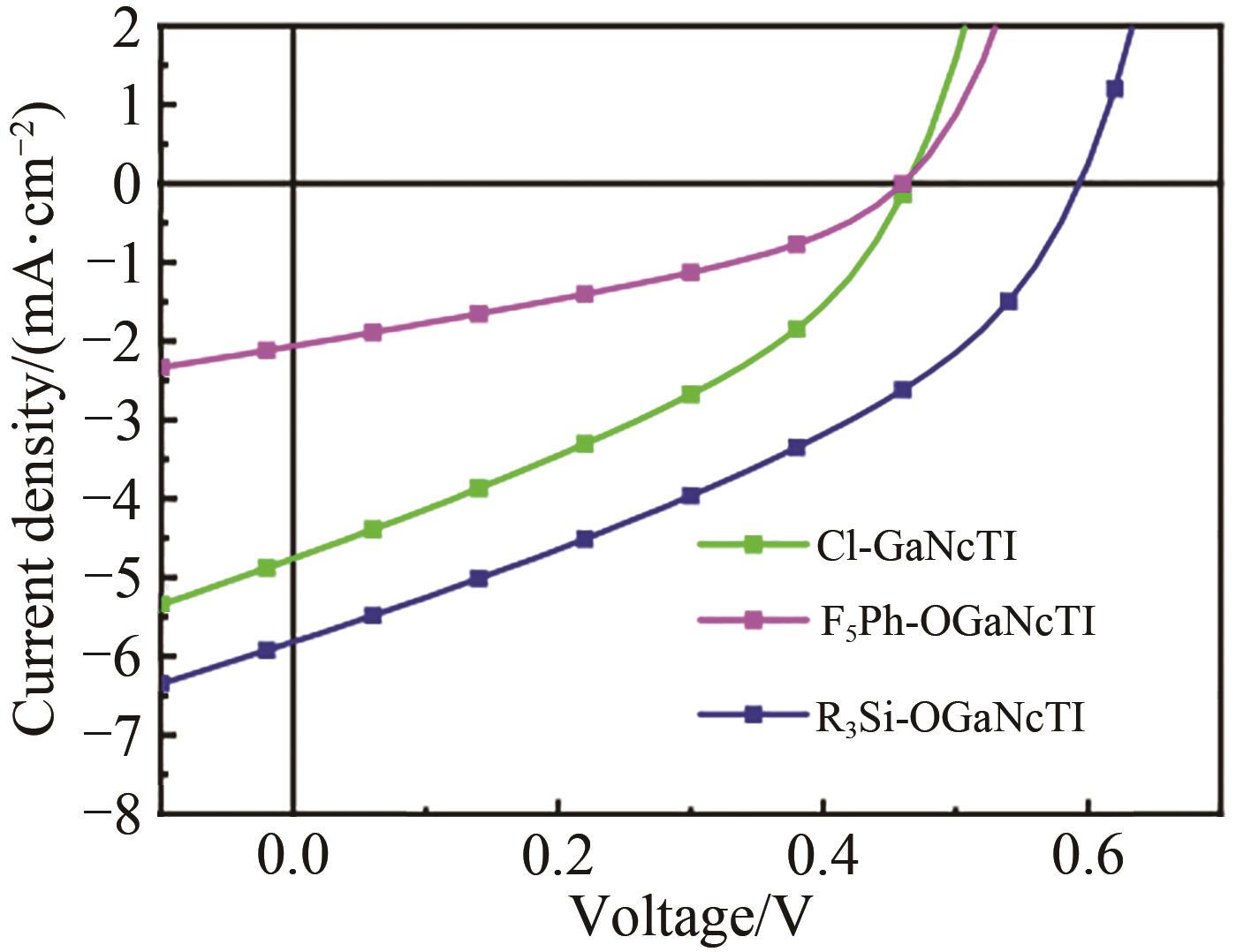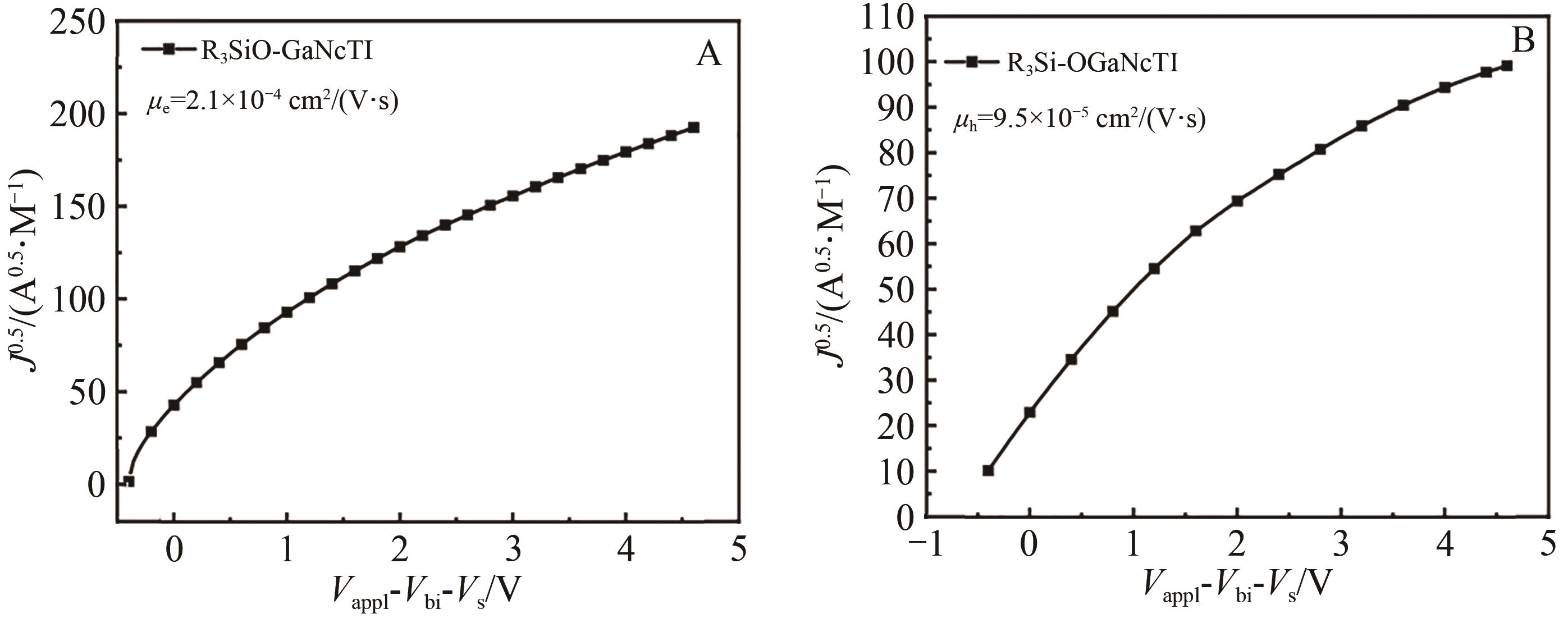| 1 |
WANG J L, LIU K K, YAN J, et al. Series of multifluorine substituted oligomers for organic solar cells with efficiency over 9% and fill factor of 0.77 by combination thermal and solvent vapor annealing[J]. J Am Chem Soc, 2016, 138(24): 7687-7697.
|
| 2 |
ZHAO W, LI S, YAO H, et al. Molecular optimization enables over 13% efficiency in organic solar cells[J]. J Am Chem Soc, 2017, 139(21): 7148-7151.
|
| 3 |
YU G, GAO J, HUMMELEN J C, et al. Polymer photovoltaic cells: enhanced efficiencies via a network of internal donor-acceptor heterojunctions[J]. Science, 1995, 270(5243): 1789-1791.
|
| 4 |
MENG L X, ZHANG Y M, CHENG Y S, et al. Organic and solution-processed tandem solar cells with 17.3% efficiency[J]. Science, 2018, 361(6407): 1094-1098.
|
| 5 |
MARTINEZ-DIAZ M V, DE LA TORRE G, TORRES T. Lighting porphyrins and phthalocyanines for molecular photovoltaics[J]. Chem Commun, 2010, 46(38): 7090-7108.
|
| 6 |
TORRES T. From subphthalocyanines to subporphyrins[J]. Angew Chem Int Ed, 2006, 45(18): 2834-2837.
|
| 7 |
CLAESSENS C G, HAHN U, TORRES T. Phthalocyanines: from outstanding electronic properties to emerging applications[J]. Chem Rec, 2008, 8(2): 75-97.
|
| 8 |
SOROKIN A B. Phthalocyanine metal complexes in catalysis[J]. Chem Rev, 2013, 113(10): 8152-8191.
|
| 9 |
DE LA TORRE G, VÁZQUEZ P, AGULLO-LOPEZ F, et al. Role of structural factors in the nonlinear optical properties of phthalocyanines and related compounds[J]. Chem Rev, 2004, 104(9): 3723-3750.
|
| 10 |
SHALABI A, AAL S A, ASSEM M, et al. Metallophthalocyanine and metallophthalocyanine-fullerene complexes as potential dye sensitizers for solar cells DFT and TD-DFT calculations[J]. Org Electron, 2012, 13(10): 2063-2074.
|
| 11 |
MIN J, JIAO X, ATA I, et al. Time-dependent morphology evolution of solution-processed small molecule solar cells during solvent vapor annealing[J]. Adv Energy Mater, 2016, 6(10): 1502579.
|
| 12 |
刘尔生, 杨素苓, 陈耐生, 等. 八丁氧基2,3-萘酞菁钴(Ⅱ)配合物的光谱与电化学性质[J]. 福州大学学报(自然科学版), 1998(6): 95-98.
|
|
LIU E S, YANG S L, CHEN N S, et al. Spectroscopic and electrochemical properties of octa-butoxy-2,3-naphthalocyanine cobalt(Ⅱ) complexes[J]. J Fuzhou Univ (Nat Sci Ed), 1998(6): 95-98.
|
| 13 |
刘颖, 左霞, 吴谊群, 等. 磺化2,3-萘酞菁锌(Ⅱ)、钴(Ⅱ)的电子吸收光谱和荧光光谱的研究[J]. 分子科学学报, 2003(3): 172-176.
|
|
LIU Y, ZUO X, WU Y Q, et al. Research of electron absorption spectra and fluorescence spectra of zinc(Ⅱ) and cobalt(Ⅱ) sulfonated 2,3-naphthalocyanine[J]. J Mol Sci, 2003(3): 172-176.
|
| 14 |
ZHAO X H, HUANG X S, HU M, et al. Synthesis and property study of phthalocyanine tetraimides as solution processable electron acceptors[J]. Dyes Pig, 2020, 173: 107980.
|
| 15 |
CAI C S, WANG L, HU M, et al. Solution-processable silicon naphthalocyanine tetraimides as near infrared electron acceptors in organic solar cells[J]. Dyes Pig, 2022, 197: 109846.
|
| 16 |
CAI C S, YAO J, CHEN L, et al. Silicon naphthalocyanine tetraimides: cathode interlayer materials for highly efficient organic solar cells[J]. Angew Chem Int Ed, 2021, 60(35): 19053-19057.
|
| 17 |
CAI C S, CHEN S S, YUAN Z Y, et al. Subnaphthalocyanine triimides: potential three-dimensional solution processable acceptors for organic solar cells[J]. J Mater Chem C, 2020, 8: 2186-2195.
|
| 18 |
LI Z C, LI X J, LI Y F, et al. A-DA′D-A type acceptor with a benzoselenadiazole A′-unit enables efficient organic solar cells[J]. ACS Energy Lett, 2023, 8: 2488-2495.
|
| 19 |
LI Z X, JIANG C Z, CHEN Y S, et al. Side-chain modification of non-fullerene acceptors for organic solar cells with efficiency over 18%[J]. J Mater Chem C, 2023, 11(21): 6920-6927.
|
| 20 |
LI S Y, ZHANG R, ZHANG Z G, et al. Tethered small-molecule acceptors simultaneously enhance the efficiency and stability of polymer solar cells[J]. Adv Mater, 2023, 35: 2206563.
|

 ), Yi-Wang CHEN1
), Yi-Wang CHEN1








